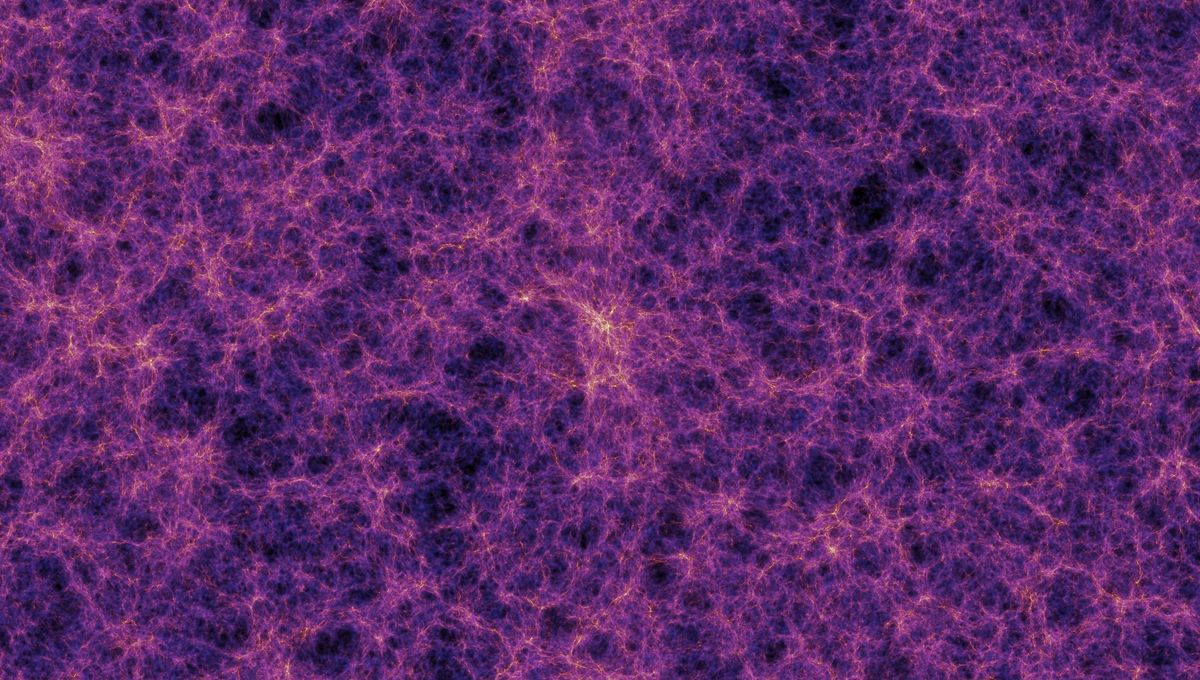Advertisement
There are different methods depending on when and what we are trying to map. And we are trying to map a lot of things in the universe. Some to keep our planet safe, some to understand our galaxy and its formation, and some to answer the most profound questions of cosmology.
Know Your Enemy
Celestial mechanics is complicated. There is no exact solution for the motion of three bodies in a gravitational field (the infamous three-body problem). So imagine when you have thousands of them, like in the Solar System. The way we do that is by measuring their positions over and over again.
For the planets and moons, we do not have to do this constantly; we know enough about them to know where they will be for quite a long time. But when it comes to smaller bodies such as asteroids, it is important to understand their precise orbits. This is doubly important for near-Earth objects, those asteroids and comets that come very close to our planet – because they might hit us.
These (relatively) small space rocks tend to be very dark. This size and color combination is not great for finding them, but this has not deterred astronomers. Using radio, infrared, and optical telescopes, over the last 25 years, 90 percent of planet-killer (larger than 1 kilometer) asteroids have been discovered.
But it is not just about finding them. Repeating observations is important because it allows us to understand and refine the orbits of those bodies, and work out where they have been and where they are going to be. An exciting recent development in this area is the use of radar technology, which allows for a greater precision of the orbital parameters.
Our Place Among The Stars
Radar would work at most to the orbit of Saturn – but we want to know our place in the Milky Way. The first approach is to work out the distance of stars using the parallax method, bringing some trigonometry to astronomy. Trigonometry is the study of the function of angles. You have your sine, cosine, and tangent.
This comes in useful in astronomy when you realize that you can create nice little triangles by working out how a star changes its apparent position in the sky as our planet moves around the Sun. The angles in question are very small, but with precise enough measurements, we can measure the distance of so many stars.
And no instrument is more precise for this job than the Gaia spacecraft. This European Space Agency mission has created the most precise map of the Milky Way, working out the position and motion of over a billion stars, but also exoplanets, comets, and asteroids in the Solar System, and even a few black holes.

The Shape Of The Universe
But what about the wider cosmos? For a long time, we were only aware of our own galaxy. We had no way to measure things further afield (the parallax method is only as good as our precision). It was thanks to astronomer Henrietta Swan Leavitt that suddenly the universe was opened up to us. Her work shows that certain stars called Cepheid variables have a specific relationship between their period of variability and their intrinsic luminosity.
If you know how luminous an object is and you measure the apparent brightness here after the light has traveled such a long distance, you can work out that distance. This is the principle of the standard candles. By measuring the period of Cepheid variables, there was finally a way to measure extragalactic distances.
Not that astronomers knew there was something out there until Edwin Hubble found Cepheid variables in several “nebulae”, including Andromeda, and realized that they couldn’t be in the Milky Way.








